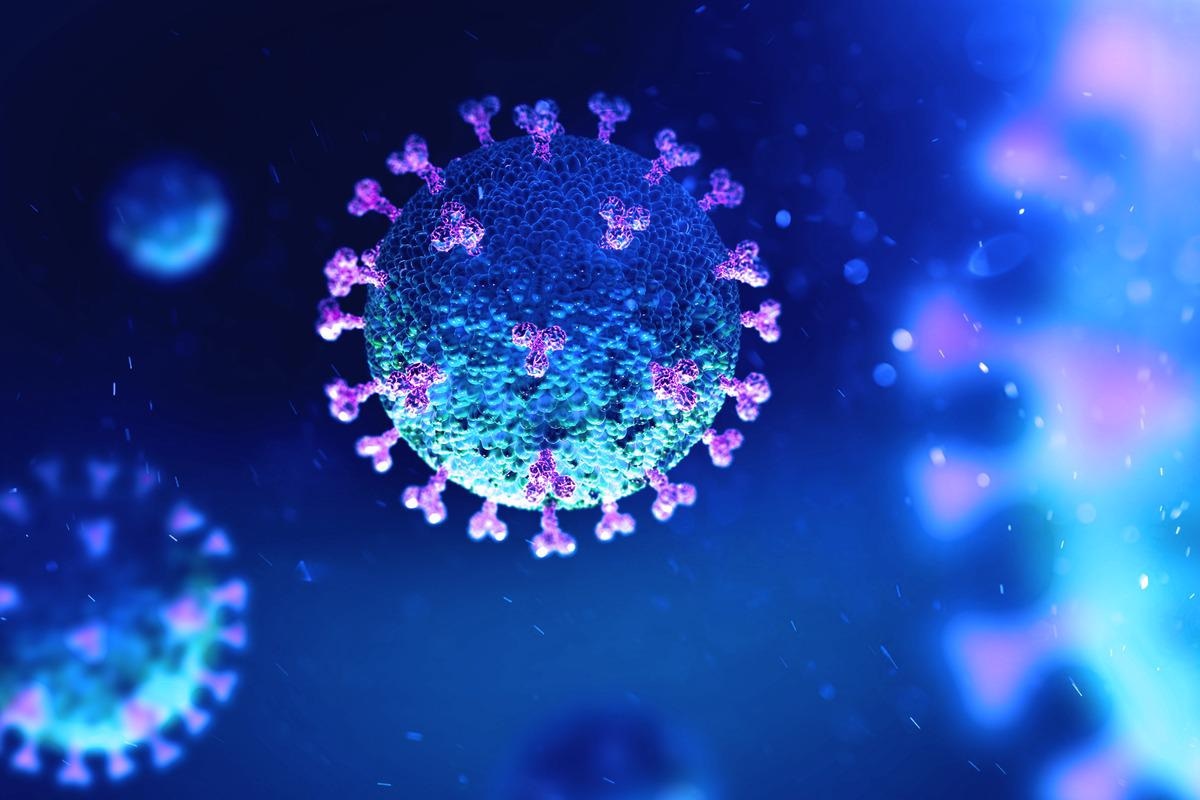Impact of COVID-19 during pregnancy on development of fetal auditory system
In a recent study published in the American Journal of Otolaryngology, researchers assessed the effect of coronavirus disease 2019 (COVID-19) during pregnancy and the consequent impact on the auditory system of infants.

Background
During pregnancy, infection with severe acute respiratory syndrome coronavirus-2 (SARS-CoV-2) could significantly affect fetal development. Studies observed a higher maternal morbidity risk in SARS-CoV-2-infected pregnant women.
Further, children born to women who were positive for COVID-19 during pregnancy showed higher neonatal morbidity index, increased neonatal intensive care admissions, and severe perinatal morbidity than children born to women naïve for SARS-CoV-2 during pregnancy.
It is known that viral infections during pregnancy could significantly impact auditory system development. Nevertheless, less is known about COVID-19 and its effects on the hearing of newborns. The integrity of the auditory system in neonates is measured by the distortion product otoacoustic emissions (DPOAEs) and auditory brainstem response (ABR).
ABR is generated whenever a synapse forms or a sudden change of axonal pathway occurs in the auditory brainstem and is characterized by peaks and valleys that can be recorded from individuals of all age groups. DPOAEs are generated within the cochlea in response to two closely spaced pure-tone frequencies, reflecting the status of outer hair cells. The function of outer hair cells in a person is determined by comparing the DPOAE amplitude or signal-to-noise ratio (SNR) to normative data.
The study and findings
In the current study, researchers carried out a retrospective analysis of ABRs obtained from routine diagnostic follow-ups and compared the ABRs of children born to women positive for COVID-19 during pregnancy (COVID-19 group) to newborns of women negative for COVID-19 during pregnancy (controls).
Fifteen infants (10 males and five females) whose mothers had COVID-19 during pregnancy were identified from hospitals in South Mississippi. There were 23 male and 17 female infants as controls. DPOAEs were recorded to two primaries presented simultaneously. Participants were included only if at least three f2 frequencies (out of six) generated an SNR of 6 or higher decibels (dB). ABRs were recorded by presenting a 100-ms rarefaction click at 23.5 per second. Stimuli were presented via insert earphones monaurally at different intensities. Only the absolute latencies (waves I, III, V) and interpeak intervals (from I to V) recorded at 70 dB normal hearing levels (nHL) were analyzed. Statistical tests included Mann-Whitney U tests and Wilcoxon signed-rank test.
The researchers found that the DPOAE amplitude between the two groups was not significantly different as computed using the Mann-Whitney U test and Wilcoxon signed-rank test, indicating bilateral normal functional outer hair cells across all participants. Wilcoxon signed-rank test showed no significant differences in the absolute latencies (I, III, V) in both test groups. However, only wave I latencies were not significant between the test groups with the Mann-Whitney U test.
In contrast, wave III and V latencies were prolonged significantly in the COVID-19 group infants relative to controls. While the Wilcoxon signed-rank test revealed that interpeak intervals (I – V) were not significantly different for both test groups, the Mann-Whitney U test revealed significantly prolonged interpeak intervals (I – V) in infants from the COVID-19 group compared to controls.
Conclusions
The present study recorded ABRs and DPOAEs in infants born to mothers infected with SARS-CoV-2 during pregnancy and to those born to mothers who were COVID-19-naïve during pregnancy. The authors found that COVID-19 group infants had DPOAE amplitudes comparable to healthy controls indicating normal functions of the cochlea in COVID-19 group infants.
While the findings noted click ABR thresholds at typical levels (20dB nHL) and normal DPOAEs in both ears, ABRs at 70 dB nHL revealed significantly delayed absolute latency (waves III and V) and interpeak intervals among infants in the COVID-19 group than controls. This suggested that although COVID-19 infection during pregnancy might not necessarily be a risk factor for hearing loss, infants born to mothers with COVID-19 during pregnancy might exhibit immature ABRs relative to controls.
These findings suggested that COVID-19 during pregnancy could negatively affect the still-developing auditory system. While having a normal cochlear function, infants born to mothers who experienced COVID-19 during pregnancy might show neural delays for acoustic stimuli due to atypical axonal or synaptic processes.
Further, longitudinal studies are required to study the maturation of the auditory system of these infants in the future.
- S.A. Veeranna, P.L. Youngblood, L. Bradshaw, et al. (2021). COVID-19 during pregnancy and its impact on the developing auditory system, American Journal of Otolaryngology. doi: https://doi.org/10.1016/j.amjoto.2022.103484 https://www.sciencedirect.com/science/article/pii/S0196070922001119
Posted in: Medical Science News | Medical Research News | Disease/Infection News
Tags: Children, Coronavirus, covid-19, Diagnostic, Hair, Hearing Loss, Intensive Care, Neonatal Intensive Care, Otolaryngology, Pregnancy, Respiratory, SARS, SARS-CoV-2, Severe Acute Respiratory, Severe Acute Respiratory Syndrome, Synapse, Syndrome

Written by
Tarun Sai Lomte
Tarun is a writer based in Hyderabad, India. He has a Master’s degree in Biotechnology from the University of Hyderabad and is enthusiastic about scientific research. He enjoys reading research papers and literature reviews and is passionate about writing.
Source: Read Full Article
